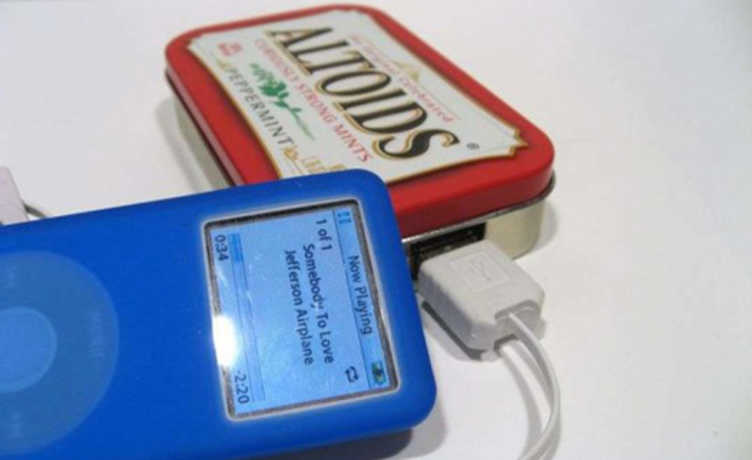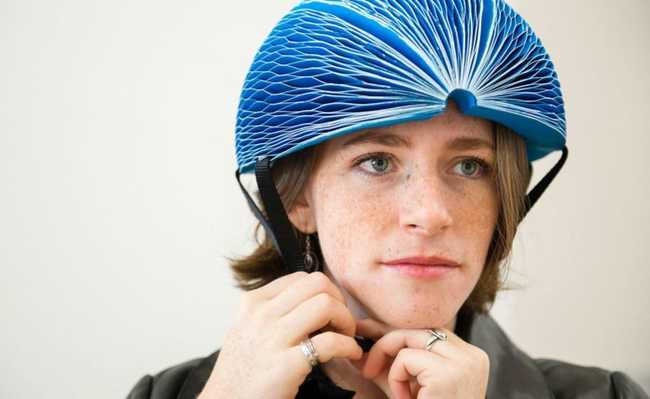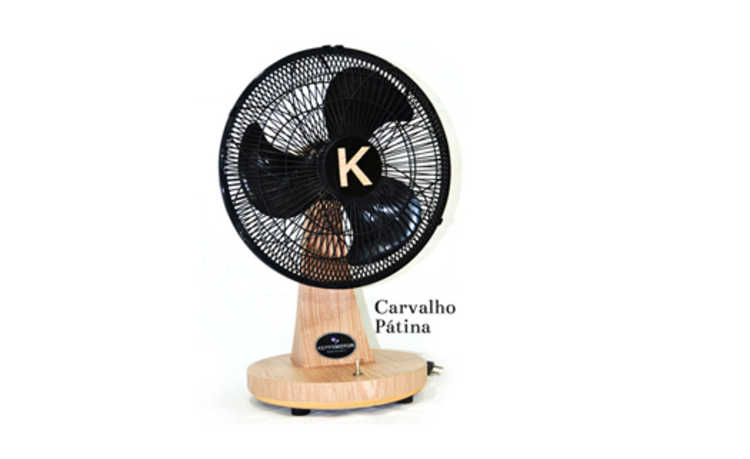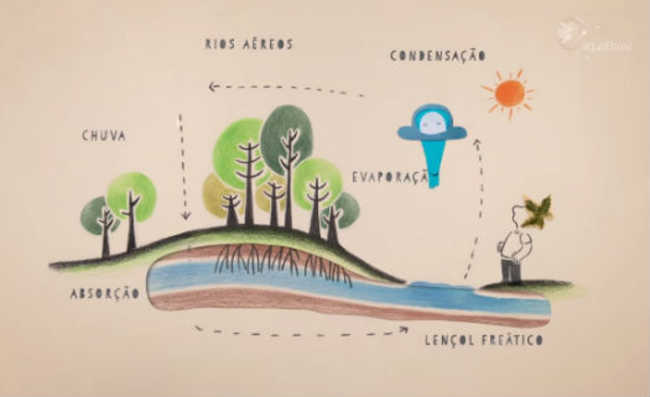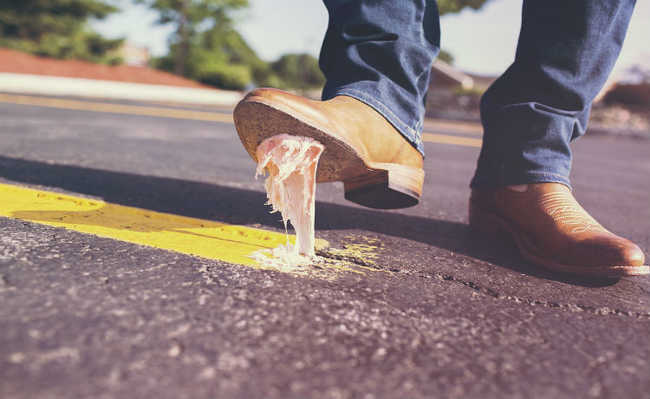Caffeine: from therapeutic effects to risks
Caffeine can be an ally in the treatment of depression and asthma, but it also has side effects.

Resized and edited image by Jannis Brandt is available on Unsplash
What is caffeine and how does it work?
Caffeine is a psychostimulant alkaloid that belongs to the xanthines group. Xanthine derivatives are used as brain stimulants or psychomotor stimulants as they act on the cerebral cortex and medullary centers. Hence, caffeine has a marked effect on mental and behavioral function. It acts on the autonomic nervous system and its mechanism of action inhibits adenosine receptors.
Adenosine is a neurotransmitter that acts to control heart rate, blood pressure and body temperature. It is she who induces the sensations of sleep and tiredness. As caffeine inhibits its action, it ends up causing the opposite effects. That's why caffeine consumption is related to increased concentration, mood improvement, weight control, among others. However, people who use the substance regularly end up noticing their sensations less.
Caffeine is the most consumed psychoactive substance in the world, by all age groups, genders and geographic locations. According to a study encompassing all types of sources that have caffeine, it is estimated that world consumption is in the order of 120 thousand tons per year.
In plant products, it is found in more than 63 species of plants. Caffeine is present in large doses in coffee seeds, green tea leaves, cocoa, guarana and yerba mate. Caffeine is also found in cola-based soft drinks, energy drinks and some medications such as colds, pain relievers and appetite suppressants.
A cup of coffee contains between 60 mg and 150 mg of caffeine, depending on the type of coffee. The lowest value (60 mg) corresponds to a cup of instant instant coffee, while a brewed coffee can reach 150 mg of caffeine per cup. Learn more about the different methods of making coffee in the article: "How to make coffee in the most sustainable way". And discover its benefits in the article: "Eight incredible benefits of coffee". A can of cola soda has around 34 mg to 41 mg of caffeine.
Among the natural sources of caffeine, coffee is the most ingested. The concentration of caffeine in coffee depends on several factors, such as the variety of the plant, the cultivation method, the growing conditions, and genetic and seasonal aspects. In addition, when the drink is prepared, factors such as the amount of powder, the mode of production (whether the product is roasted or instant, decaffeinated or traditional), and its preparation process (espresso or strained, for example) influence the amount of caffeine.
- Coffee grounds: 13 amazing uses
Darker coffees seem to have more caffeine than lighter ones, but that's not true. As much as dark coffees are stronger and fuller-bodied, the roasting process burns some of the caffeine. For this reason, dark roast coffees are a better option for those who want to enjoy the drink while feeling the effects of caffeine with less intensity.
According to the European Food Information Council, the average half-life (time taken for the concentration of a drug in the body to be halved) of caffeine in the body varies from two to ten hours. There is great individual variation and the body reaches its maximum concentration one hour after ingestion.
According to a report published by the scientific committee of European Food Safety Authority (EFSA), the safety limit would be, on average, 400 mg per day (about four cups of coffee) for adult individuals weighing about 70 kg. For pregnant or lactating women, the value would be 200 mg a day.
Effects on the body and its use in treatments
A dose of strong coffee is capable of increasing mental and sensory acuity in minutes, producing excitement and euphoria. Caffeine has an ergogenic effect, that is, it is an artifice that allows the intensification of physical, mental and mechanical strength, thus delaying the onset of fatigue.
The use of caffeine is very common in sports. In recent years, people looking to accelerate weight loss and endurance practitioners have been using the substance. Ingesting just 3 mg to 6 mg of caffeine per kilogram of body weight already improves athletic performance. Studies show that caffeine increases muscle strength and resistance to the fatigue process.
Research points to the ergogenic role in exercise performance. Athletes who consume 330 mg of caffeine, the equivalent of about two cups of strong coffee, run an average of 15 minutes longer than when exercising without caffeine. This effect on performance is mainly due to the change in the perception of tiredness. Along with this reduction in fatigue, coffee increases alertness. Thus, there is an improvement in the performance of activities that require attention and vigilance.
Because caffeine enhances physical performance, it has entered the list of banned substances by the International Olympic Committee (IOC). The agency established the limit of 12 micrograms per milliliter (µg/ml) of caffeine in urine as a parameter for detecting "doping”. This level can be reached with the consumption of three to six cups of strong coffee.
According to a study, caffeine speeds up metabolism and has thermogenic and diuretic action. In addition, it has an anorectic effect (loss of appetite) on the nervous system, which leads to a reduction in body weight. As it is an adenosine antagonist in adipose tissue, it helps to mobilize fat from deposits (lipase). Thus, it works with a slimming effect.
Several studies investigate the role of caffeine in preventing the development of depression. By inhibiting the adenosine receptor, it is inversely related to depression and memory deterioration. In addition to the preventive use of depression, it can have a therapeutic effect, as it controls abnormal synaptic plasticity and provides neuroprotection. Research has concluded that people treated with caffeine have significantly fewer depressive symptoms in stressful situations. This is because it reduces fatigue and increases tolerance to various signs that can cause hyperirritability and frustration in the individual.
Recent experiments suggest that caffeine prevents neurodegeneration and mnemonic deficit (a set of techniques used to aid the memorization process) as a result of age. For this reason, it presents itself as a possibility in the treatment of Alzheimer's disease.
Another effect is increased levels of the neurotransmitter dopamine (as well as amphetamines). This neurotransmitter activates the pleasure center in the brain and assists in performing voluntary body movements automatically. Parkinson's disease is caused by an accelerated loss of cells that produce dopamine. Therefore, there is the possibility of using caffeine as a therapeutic alternative for cognitive and olfactory symptoms of the disease.
The substance causes increased neural activity, so the adrenal gland is tricked into believing that an emergency is taking place. With this, there are adrenaline shots, and consequent tachycardia, increased blood pressure, metabolism, muscle contraction and opening of the respiratory tubes. Because it increases the frequency and intensity of breathing, it also has its effects on the respiratory system and can be indicated in the treatment of asthma.
Although caffeine causes headaches when consumed in excess, some doctors use it as a method of treating migraines because it constricts the blood vessels that normally cause these pains. Due to its diuretic effect, caffeine can also help relieve PMS symptoms such as menstrual cramps and bloating.
Caffeine is bad?

In adult individuals, caffeine appears to protect the brain from damage caused by stress. But, in intrauterine life, it can disrupt the fetal neural development and corroborate risk factors for diseases such as epilepsy.
Caffeine is not considered safe for children and teenagers, so don't let the little ones ingest more than 100 mg of this substance a day.
The saying goes that the difference between poison and medicine is the dose. People who drink more than five cups of coffee a day (more than 500 mg or 600 mg) may experience adverse effects. Among them, the following stand out: insomnia, nervousness, agitation, irritability, stomach pain from increased gastric juice, accelerated heartbeat and muscle tremors. People who don't drink caffeine frequently can experience the negative effects even at low doses.
For some individuals, a cup of tea or coffee may be enough for a night of sleeplessness or restlessness. Factors such as body weight, age, medication use, and health problems (such as anxiety disorders) can magnify side effects. Because it increases the heart rate, its consumption should be moderated by individuals with hypertension, coronary artery disease and cardiac arrhythmia.
- Coffee without anxiety? Mix cocoa!
Inhibition of adenosine receptors does not only bring positive effects. Adenosine is very important for deep sleep. For this reason, caffeine can negatively affect motor control and sleep quality, depriving the caffeine consumer of the benefits of deep sleep. The next day, you'll be tired and you'll need more caffeine to keep you fit. This vicious cycle is not healthy for your body.

